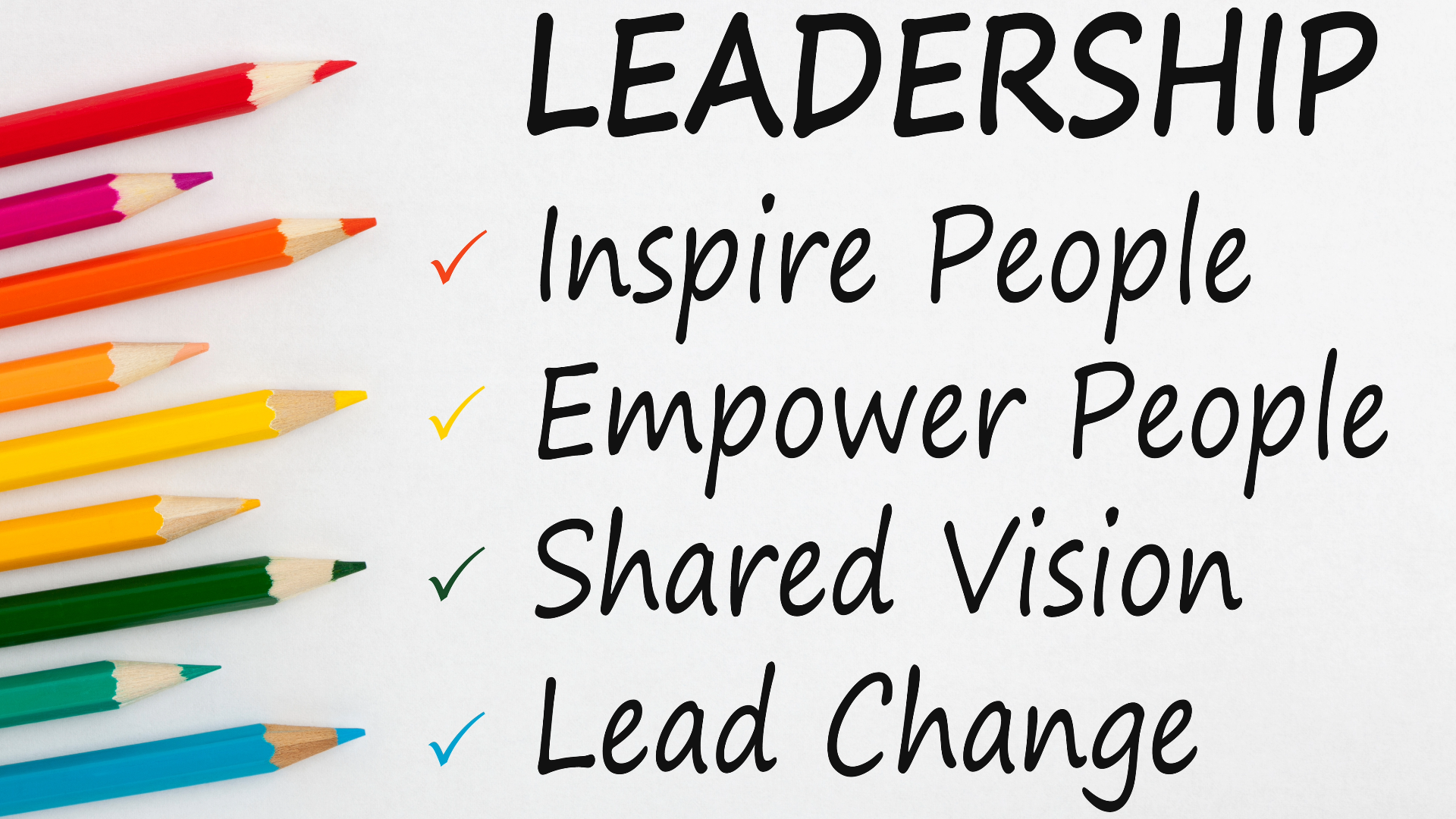Transitioning to Leadership Roles: Tips for a Smooth Transition
Stepping into a leadership role can be both exhilarating and challenging. Successfully navigating this transition can lead to personal growth, increased influence, and a more fulfilling career. In this blog post, you’ll discover practical tips and strategies for transitioning to leadership roles, ensuring a smooth transition while enhancing your skills and building strong relationships with your team. Are you ready to embrace your new role and make a lasting impact? Let’s dive in!
Key Takeaways
- Embrace the leadership mindset and cultivate a growth mindset to become an inspiring leader
- Build strong relationships with your team, empower & develop them, and enhance your leadership skills
- Overcome common challenges by managing time effectively & navigating organizational politics
Embracing the Leadership Mindset

Becoming a great leader starts with embracing the leadership mindset and striving for a leadership position. As a new leader, this shift in perspective entails focusing on long-term vision, empowering your team to achieve goals, and embodying the role of a supervisor, coach, decision-maker, and visionary.
As you transition into your new role, remember that new leaders create a ripple effect on the organization, affecting people, processes, and even key performance indicators of their direct reports.
Understanding the Difference Between Management and Leadership

Recognizing the difference between management and leadership is vital. While managers focus on budgets, goals, and day-to-day operations, leaders strive to create a long-term vision, inspire their team, and lead by example.
Think of managers as the captains who steer the ship through its daily course, while leaders are the visionaries who chart the desired destination and inspire the crew to reach it.
Cultivating a Growth Mindset
A key trait of successful leaders is their willingness to learn and grow. By cultivating a growth mindset, you’ll become more agile, adaptable, and open to new experiences. Embrace challenges as opportunities for growth, be resilient in the face of setbacks, and maintain an optimistic outlook towards learning and development.
By doing so, you’ll not only enhance your leadership capabilities but also inspire your team to reach new heights.
Why settle for good when you can be extraordinary?
An Executive Coach isn’t just for those struggling with leadership; it’s for those who want to amplify their skills, make better decisions, and create lasting impact within their teams and business. Reach out to a certified Executive Coach today and take the first step toward unlocking the kind of leadership potential that doesn’t just aim for success but defines it.
👉 Schedule Your First Leadership Assessment Session Now
Building Strong Relationships with Your Team

Fostering trust, respect, and collaboration within your team is critical for a leader seeking a successful transition. Building strong relationships with your team starts with open communication, investing time in developing individual connections, and setting clear expectations through regular one-on-one meetings.
An atmosphere of trust and respect will empower your team to perform at their best and contribute to the organization’s success.
Navigating the Dynamics of Leading Former Peers
Leading former peers can be a delicate balancing act, especially when transitioning into a new position. To navigate this dynamic successfully, it’s essential to establish clear boundaries, maintain professionalism, and build mutual trust. While it may be tempting to maintain the same level of camaraderie, remember that your new job demands a shift in perspective and approach.
By demonstrating fairness, consistency, and accountability, you’ll earn the respect and trust of your former peers, paving the way for a harmonious working relationship.
Empowering and Developing Your Team
Empowering your team and fostering their development are key components of effective leadership. Provide growth opportunities, offer support, and encourage collaboration and innovation.
Investing in your team’s development will enhance their skills and performance and contribute to a positive corporate culture that values learning and growth.
Enhancing Your Leadership Skills

To excel in your new leadership role, it’s essential to hone your leadership skills for various leadership roles, including:
- Effective communication
- Decision-making
- Problem-solving
- Fostering a positive organizational culture
As you strengthen these technical skills, you’ll become more adept at guiding your team to success and overcoming the challenges of leadership transitions.
Strengthening Communication Abilities
Clear, concise, and transparent communication is vital for effective leadership. Actively listen to your team, engage in meaningful conversations, and ensure everyone receives the same information simultaneously.
By fostering open communication, you’ll create an atmosphere of trust and respect, empowering your team to thrive and contribute to the organization’s success.
Mastering Decision-Making and Problem-Solving
Leaders must make swift and accurate decisions while solving problems efficiently. To master these skills, gather information, consider multiple perspectives, and evaluate potential outcomes.
By honing your decision-making and problem-solving abilities, you’ll be better equipped to navigate the complexities of leadership and guide your team through challenges.
Fostering a Positive Organizational Culture
A positive organizational culture is essential for any leader looking to make an impact. Promote collaboration, inclusivity, and a shared vision for success in your organization.
You’ll inspire your team to reach their highest potential and drive the organization toward success by fostering a supportive and empowering environment.
Leveraging Support and Resources

As you transition into your leadership role, don’t hesitate to leverage the support and resources available to you, such as:
- Mentorship
- Coaching
- Professional development
- Networking opportunities
These resources can help you sharpen your skills, cultivate a learning culture, and improve your leadership capabilities.
Utilizing Mentorship and Coaching Opportunities
Mentorship and coaching can provide invaluable guidance and support for new or soon-to-be leaders. By seeking advice from senior leaders within or outside your organization, you can gain insights, guidance, and support to help you navigate leadership challenges and ensure a successful transition.
Engaging in Professional Development and Networking
Professional development and networking opportunities can help you expand your knowledge, skills, and connections within your industry while maintaining a balance with your personal life. By engaging in these activities, you can stay informed about the latest trends and technologies and create valuable relationships with other professionals in your field.
Be proactive in attending conferences, workshops, and networking events, and don’t be afraid to reach out to others on professional platforms such as LinkedIn.
Overcoming Common Leadership Challenges

As you experience your leadership transition into your new leadership position, you may encounter common challenges such as balancing priorities, managing time effectively, and navigating organizational politics and power dynamics. Recognizing and addressing these challenges head-on can ensure a smoother transition and maximize your success in your leadership role.
Balancing Priorities and Managing Time Effectively
To strike the right balance between leading and managing, follow these steps:
- Set clear goals
- Delegate tasks
- Focus on high-impact activities
- Prioritize effectively
- Manage your time wisely
By following these steps and securing early wins, you can control your workload and ensure your team’s success during transitions or uncertainty.
Navigating Organizational Politics and Power Dynamics
Understanding the underlying factors of organizational politics and power dynamics can help you make informed decisions and navigate the complexities of your organization. Build alliances with key stakeholders, maintain integrity and professionalism, and stay attuned to the social dynamics.
By mastering the art of navigating organizational politics, you’ll be better equipped to lead your team through challenges and achieve success.
Summary
Transitioning to a leadership role is an exciting and challenging journey. By embracing the leadership mindset, building strong relationships with your team, enhancing your skills, leveraging support and resources, and overcoming common challenges, you’ll be well on your way to becoming a successful and inspiring leader. Remember, the path to great leadership is a continuous learning, growth, and adaptation journey. Keep striving for excellence, and you’ll make a lasting impact on your organization and your people.
Frequently Asked Questions
Why are you interested in transitioning to a leadership role?
I’m eager to transition into a leadership role by mentoring others, making decisions that will positively impact the team, and taking on more responsibilities. With these opportunities, I’m excited to contribute to the work environment and be an effective leader.
What is the new leader transition process?
Embrace the New Leader Transition Program to quickly build credibility and take charge of your new role, allowing you to accelerate the learning process in a new organization.
What’s the difference between management and leadership?
Management is about setting achievable goals and managing the details, while leadership inspires your team to reach their potential and lead by example.
How can I build strong relationships with my team?
Show your team that you value them by creating open communication channels and investing time in individual connections. Establish clear expectations through regular one-on-one meetings to build strong relationships with your team.
How can I improve my decision-making and problem-solving skills?
Take the time to research, reflect on different perspectives, and consider the consequences of potential actions – all of which will help you make sound decisions and successfully solve problems.
Leadership isn’t just about guiding others but continually evolving yourself.
Are you facing challenges that seem insurmountable? An Executive Coach can offer you tailored strategies and actionable insights that help you overcome challenges and turn them into avenues for growth and innovation. Don’t just navigate your challenges—transform them. Connect with an Executive Coach and reshape your future now.



